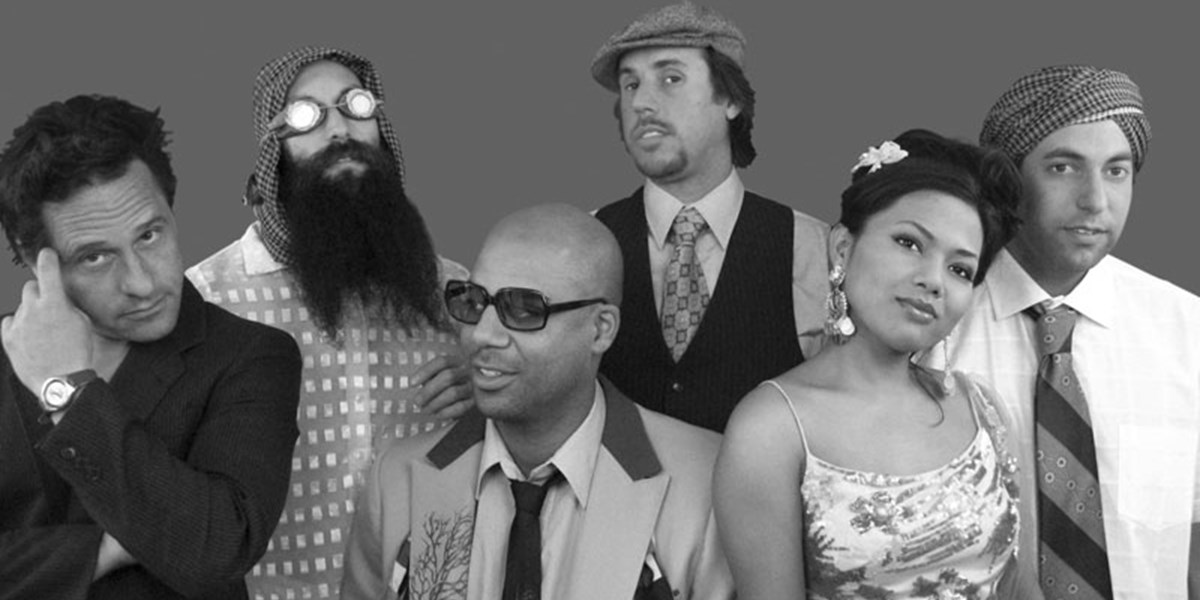Wednesday, September 26, 2018
The Rough Guide to World Music: Cambodia
From dancing angels to dengue fever, Cambodia's musical culture is flourishing once more, writes John Clewley

US-Cambodian rockers Dengue Fever

Register now to continue reading

Thanks for visiting the Songlines website, your guide to an extraordinary world of music and culture. Sign up for a free account now to enjoy:
- Free access to 2 subscriber-only articles and album reviews every month
- Unlimited access to our news and awards pages
- Our regular email newsletters

